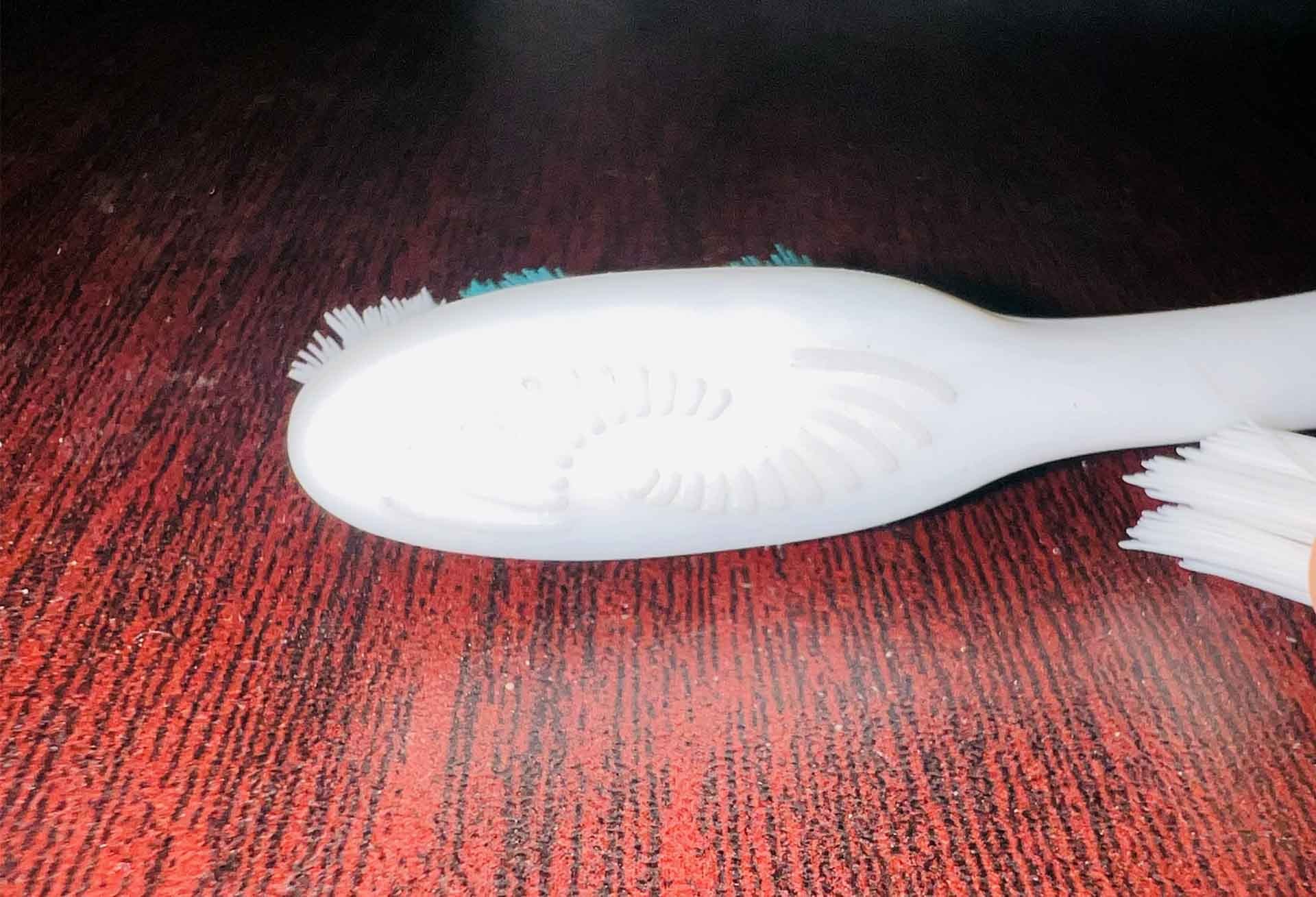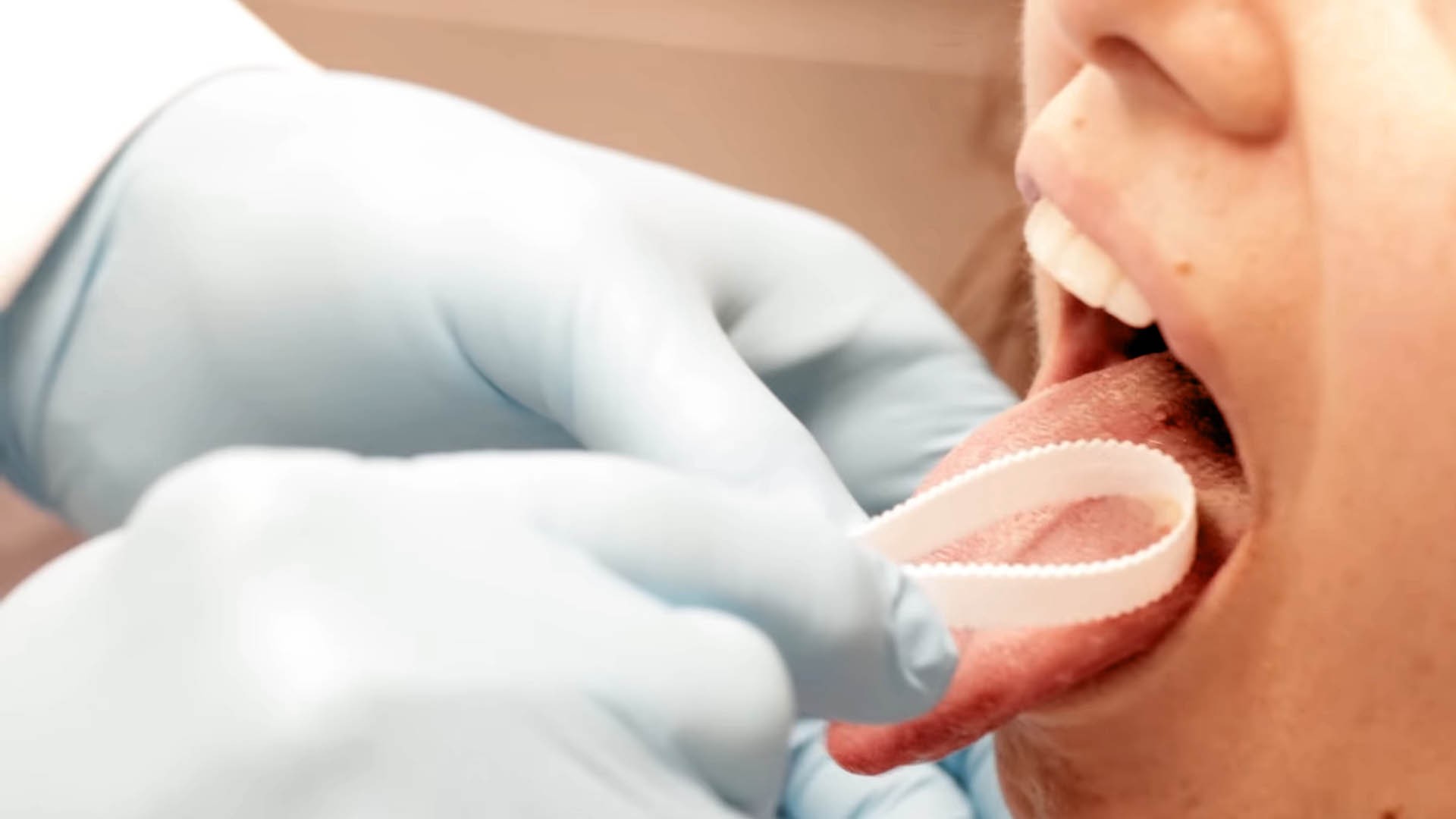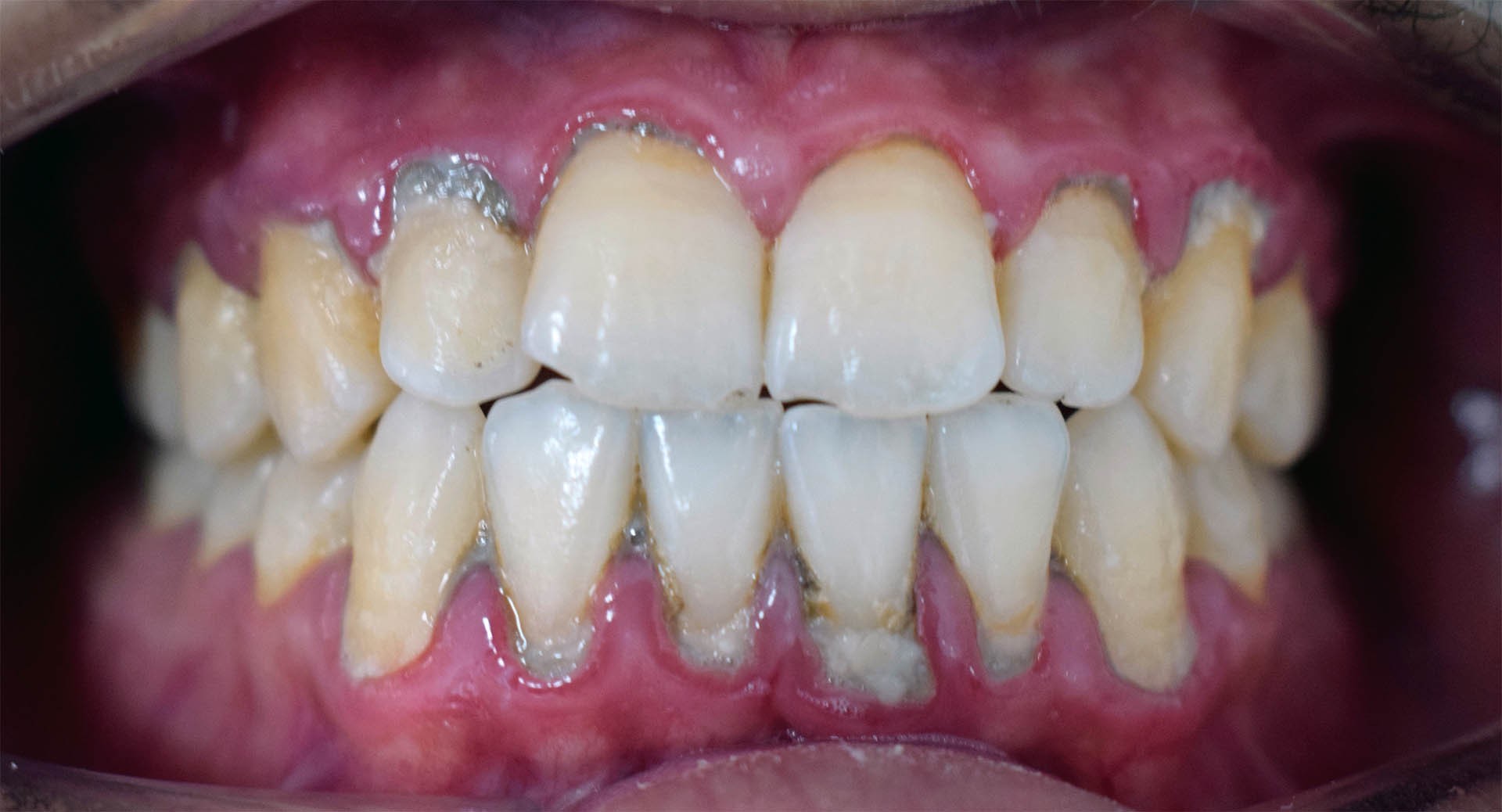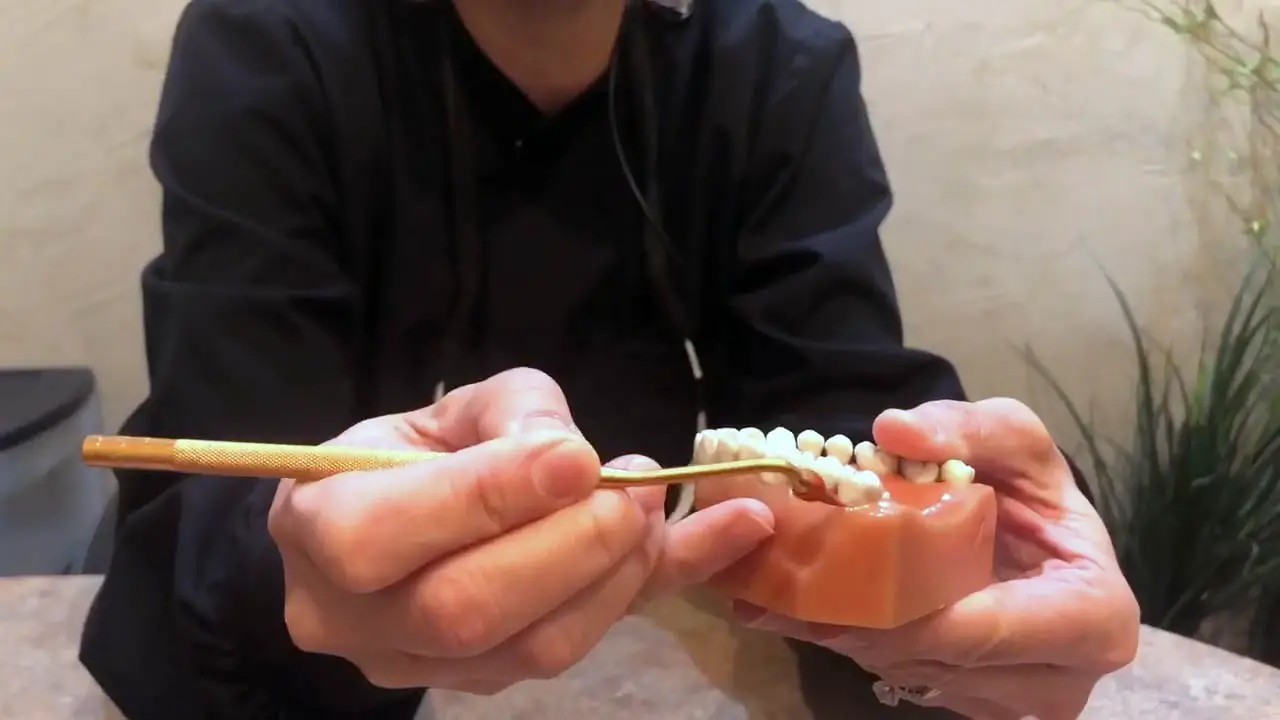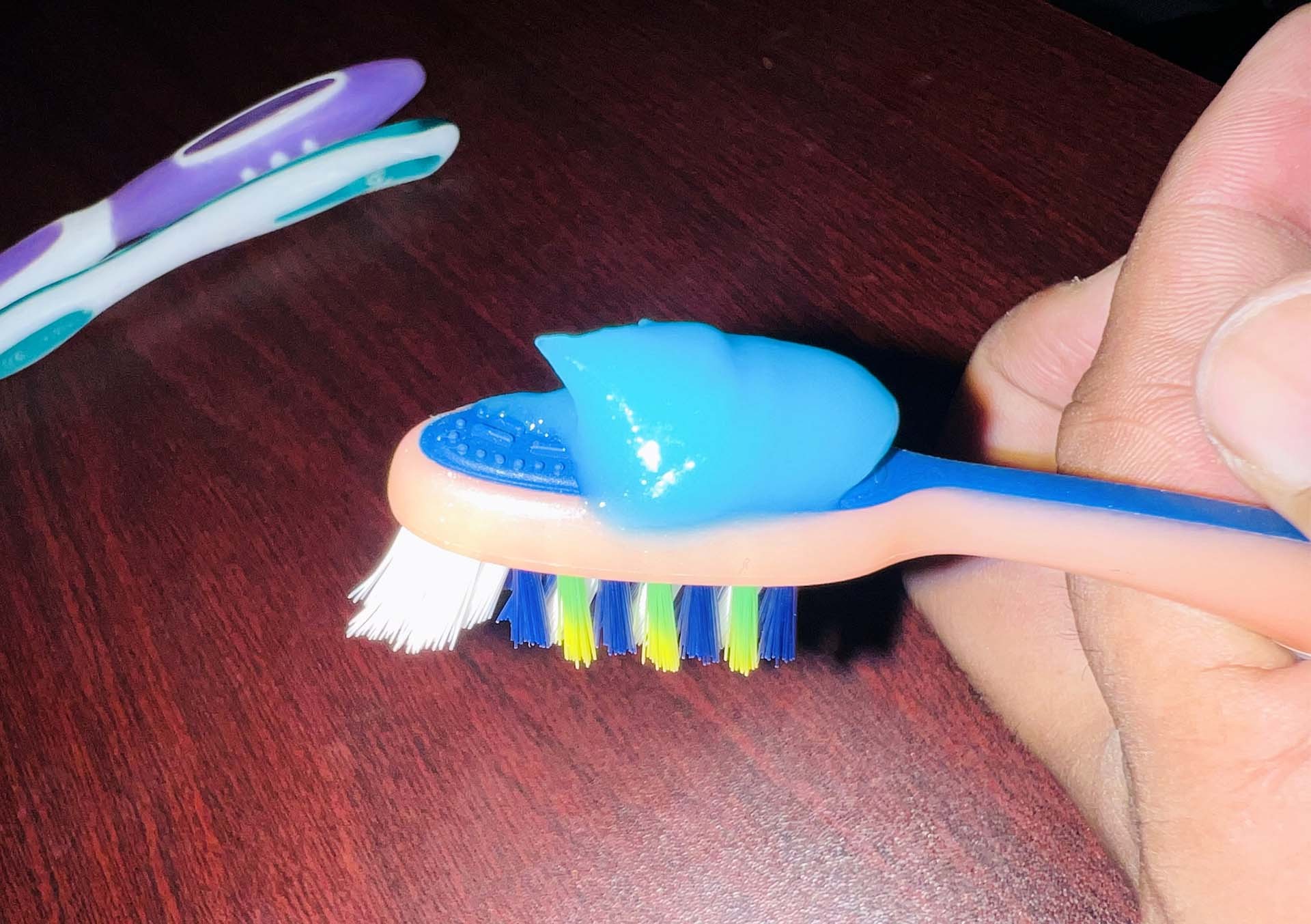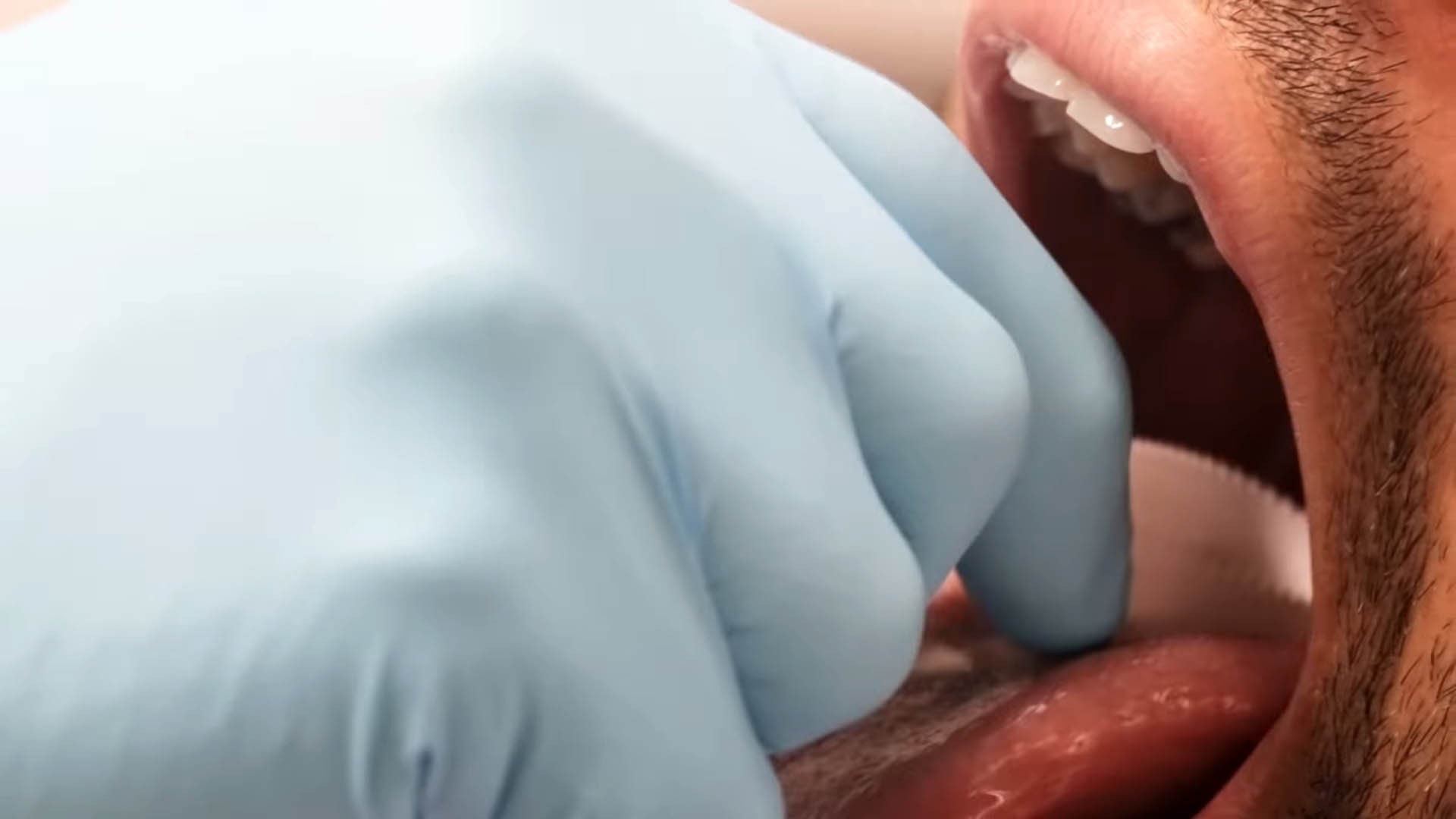Many of us use things without fully understanding all their features. Take the simple toothbrush, for example. Most of us know that it’s used to clean our teeth and keep our mouths fresh. But did you know that a toothbrush has more than just bristles? Have you ever wondered what the back of the toothbrush is for?
Today, I’m going to share with you five surprising uses for the back of the toothbrush that you probably didn’t know. So, let’s dive in and explore the hidden potential of this often-overlooked part of our dental care routine.
The Functions of the Back of Your Toothbrush
I know the importance of cleaning my teeth when it comes to maintaining oral hygiene. However, I did not know that the back of my toothbrush has several uses. In reality, it performs useful tasks that may significantly enhance our general dental health.
Now, let’s know about these features and learn how to use our toothbrush to its full potential:
See Your Best Toothpaste For Electric Toothbrush Reviews 2023
1. Tongue Cleanser
You may have noticed that the back of your toothbrush has a ridged or textured surface. This design is not just for aesthetics; its primary function is as a tongue cleanser.
The rough texture of the back of the toothbrush helps to remove bacteria, food particles, and dead cells. These can usually accumulate on the surface of your tongue if you do not clean it properly.
Cleaning your tongue is crucial for maintaining fresher breath and reducing the risk of oral health issues. You can effectively remove these unwanted substances and improve your oral hygiene by gently brushing your tongue with the back of your toothbrush.
Here are the advantages of tongue scraping and why it should be a part of your daily dental care regimen:
Better Oral Hygiene
Scraping the tongue helps eliminate germs, food particles, and other debris that may accumulate on its surface. These accumulations can contribute to bad breath, tooth decay, and gum disease.
So, if you scrape your tongue regularly, you can reduce the risk of these oral health issues and promote a healthier mouth.
Cleaner Breath
We all want to breathe cleaner, fresher air, especially in the mornings. The process of tongue scraping effectively removes the bacteria that cause bad breath, leaving you with fresher breath throughout the day. And, you can eliminate these morning breaths by regular tongue scraping.
Enhanced Immune System
Did you know that tongue scraping can actually boost your immune system? By removing toxins and bacteria from your tongue, you can prevent the spread of harmful microorganisms that may cause colds and other infections.
Improved Digestion
Tongue scraping not only benefits your oral health but also plays a role in improving digestion. The act of scraping stimulates the salivary glands, promoting increased saliva production.
Saliva contains digestive enzymes that aid in breaking down food and maintaining the health of your digestive system. Tongue scraping can improve nutrient absorption by aiding digestion.
2. Cleaning Buccal and Labial Mucous Tissues
In addition to being an excellent tongue cleanser, the rough side of your toothbrush is also useful for cleaning the mouth’s buccal and labial mucous tissues. The buccal tissues are the inner lining of your cheeks, and the labial tissues are the inner lining of your lips.
These areas can accumulate plaque, bacteria, and debris, which can lead to dental problems if not properly cleaned. Using the same toothbrush, you can easily brush and floss your tongue and clean the buccal and labial mucous tissues.
Simply flip your toothbrush and gently brush these areas with the textured backside. This practice can help maintain a healthier oral environment and prevent the buildup of harmful substances.
3. Gum Stimulator
The back of your toothbrush can also act as a gum stimulator. You can promote blood circulation and help prevent gum disease by gently massaging your gums with the textured surface.
Additionally, gum stimulation can help alleviate gum sensitivity and reduce the risk of gum recession.
4. Toothpaste Application
Most people apply toothpaste directly to the bristles of their toothbrush. However, you can use the back of the toothbrush to apply toothpaste to your teeth. You can apply a small amount of toothpaste on the back of your toothbrush.
Then you can target specific areas of your mouth that may need extra attention, such as teeth with sensitivity or areas prone to cavities.
This allows for a more precise application of toothpaste, ensuring that your teeth receive the maximum benefits.
5. Multipurpose Oral Care Tool
A toothbrush with a textured back allows for versatility in your oral care routine. Not only can you use it to clean your tongue and the inner linings of your mouth, but you can also use it to assist in flossing.
All you need to do is to wrap dental floss around the back of your toothbrush. Then you can easily reach those difficult-to-access areas between your teeth.
This innovative technique promotes better oral hygiene and saves you time and effort by combining two essential oral care steps into one. So, having a toothbrush with a textured back can enhance your dental routine and achieve a more thorough clean.
Also Read:- Do Ants On Toothbrush Indicate Diabetes? Here’s What You Need To Know
How to Properly Use the Back of Your Toothbrush
I have always firmly believed in the importance of maintaining a healthy oral hygiene routine. Now that you know the purposes of the back of your toothbrush, I will guide you on how to use the back of your toothbrush:
Step 1: Rinse Your Mouth
First, rinse your mouth with water or mouthwash. This will remove any food particles before using the back of your toothbrush.
Also, this step ensures a clean and hygienic surface for your toothbrush to work effectively. Removing debris and bacteria will minimize the risk of spreading harmful substances throughout your mouth.
Step 2: Tongue Scraping for Fresh Breath
The back of your toothbrush can be an excellent tool for tongue scraping. After rinsing your mouth, gently scrape your tongue with the back of your toothbrush.
Start from the back of your tongue and move forward, rinsing the brush after each stroke. This simple technique helps eliminate bacteria and food particles that often accumulate on the tongue’s surface, leading to bad breath.
Step 3: Massage Your Cheeks and Gums
In addition to tongue scraping, another benefit of utilizing the back of your toothbrush is massaging the inside of your cheeks and gums.
Use the back of your toothbrush to massage these areas with gentle circular movements. This practice stimulates blood flow, enhances gum health, and promotes overall oral hygiene.
Step 4: Be Cautious with Pressure
While using the back of your toothbrush can provide numerous benefits, it is essential to be cautious when applying pressure.
Excessive pressure might result in bruising or inflammation, which can be uncomfortable and even detrimental to your oral health. Always remember to be gentle and let the bristles do the work.
Also Read:-How To Clean A Toothbrush After Dropping It: A Comprehensive Guide
FAQs
After reading till now, I hope you now know the functions of the back of your toothbrush. However, the following questions will help you regarding this matter:
How often should I clean my tongue with the back of the toothbrush?
You should clean your tongue with the back of the toothbrush at least once daily, preferably in the morning or before bed. You can also clean your tongue after eating foods that may cause bad breath or leave residues on your tongue.
What should a healthy tongue look like in the morning?
Ideally, your tongue should have a white color before brushing. After brushing, it should turn pink and have a thin layer of white coating. The small bumps on the top surface of your tongue should also be visible. Any abnormal discoloration or unusual bumps may indicate oral health issues.
How do you clean the back of a toothbrush?
To effectively clean the back of your toothbrush, it is recommended to use heated water. Avoid using UV light, denture cleansers, or mouthwash for this purpose. Instead, a thorough rinse with hot water is sufficient.
Conclusion
The back of your toothbrush is an aesthetic feature and an essential part of your oral hygiene routine. From tongue cleaning and gum stimulation to reaching hard-to-reach areas and massaging sensitive spots, the back of your toothbrush serves multiple functions that contribute to a healthier mouth.
So, the next time you brush your teeth, don’t forget to utilize the functions of the back of your toothbrush.
Also Read:-Why Do They Make Medium Toothbrushes?


